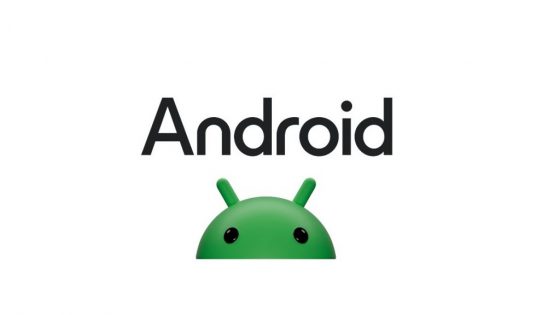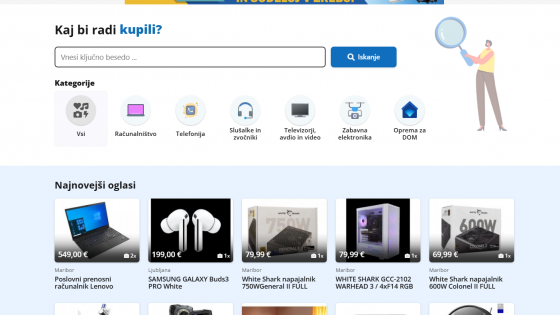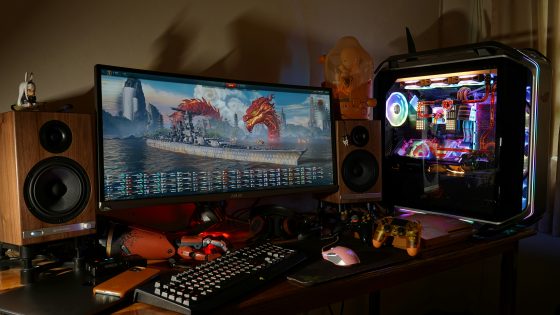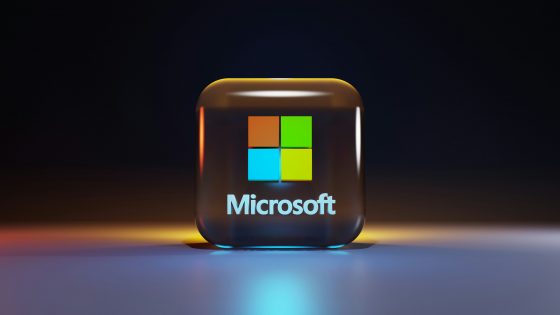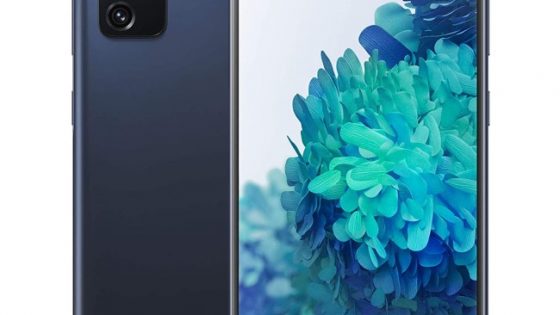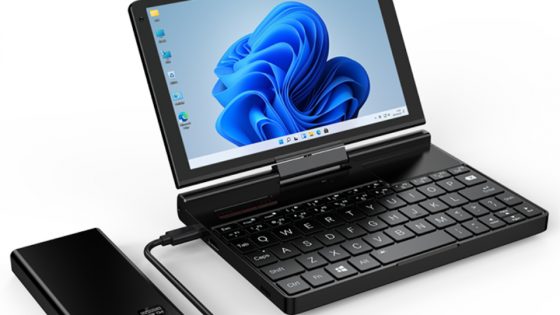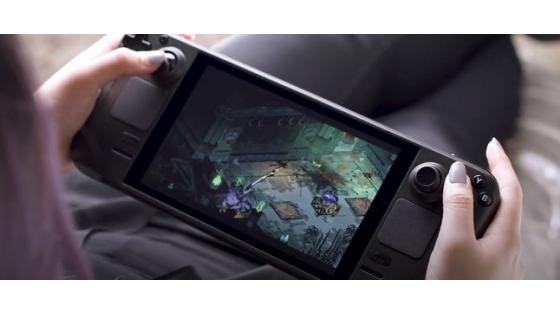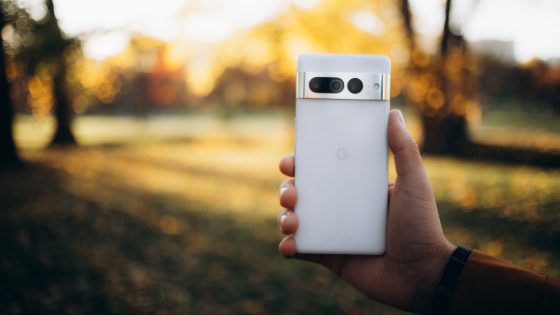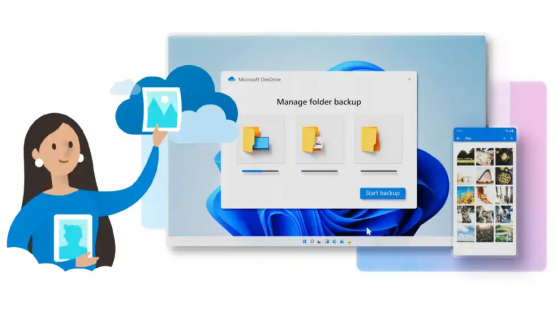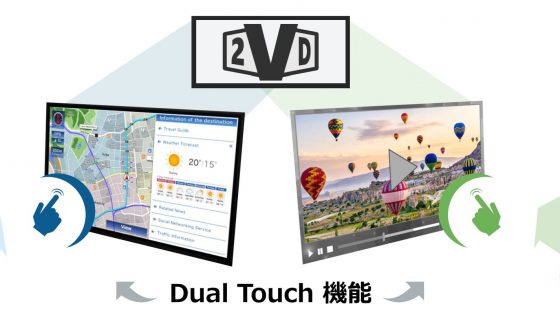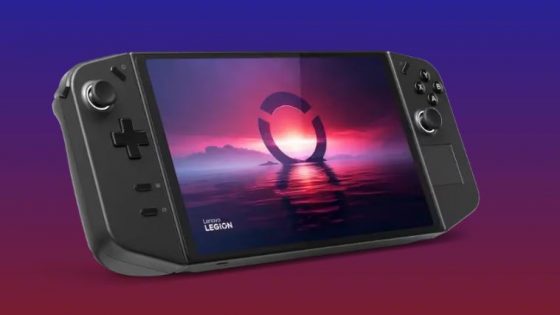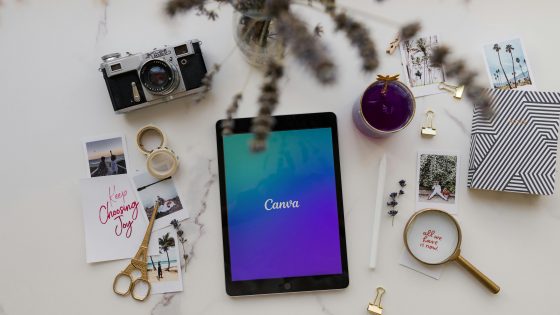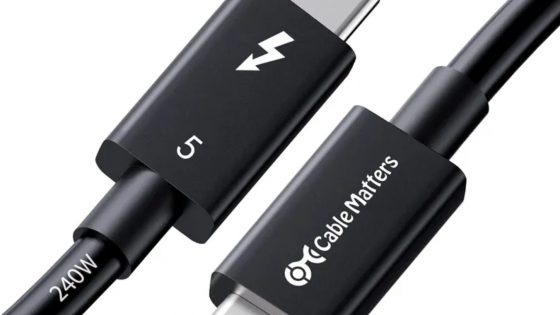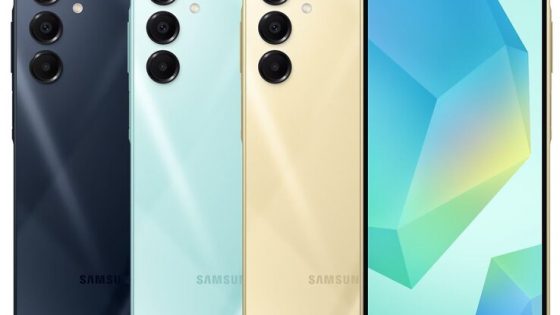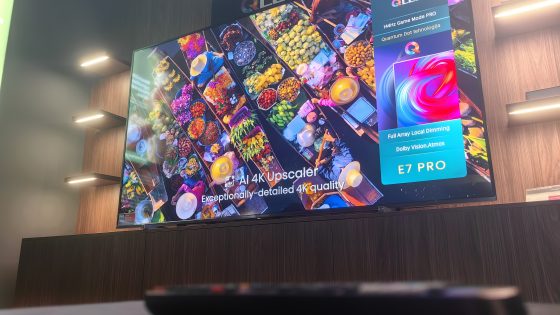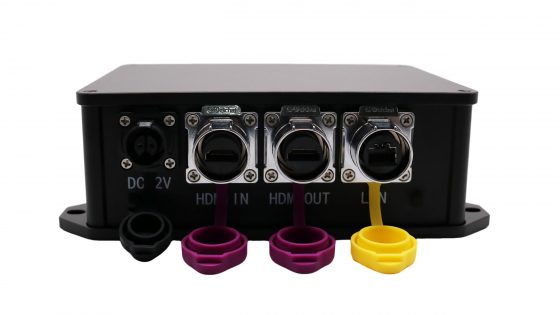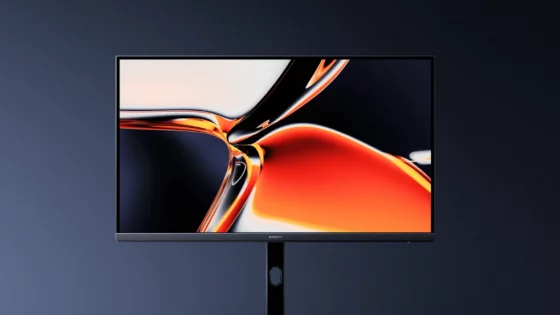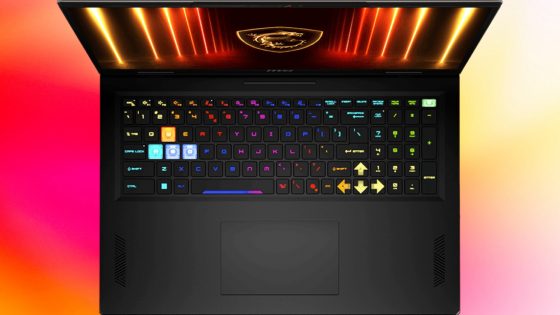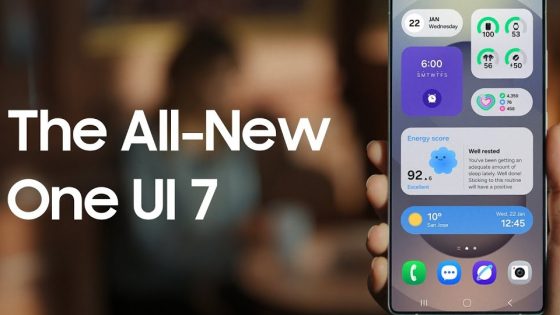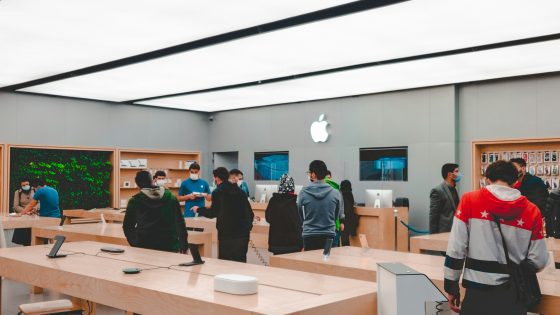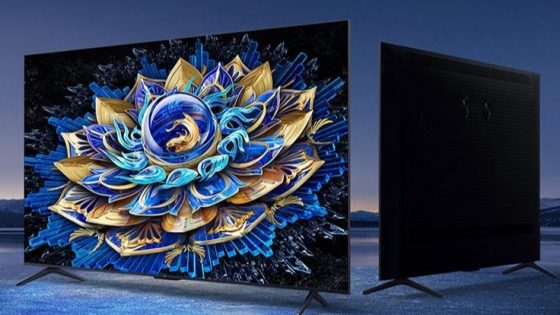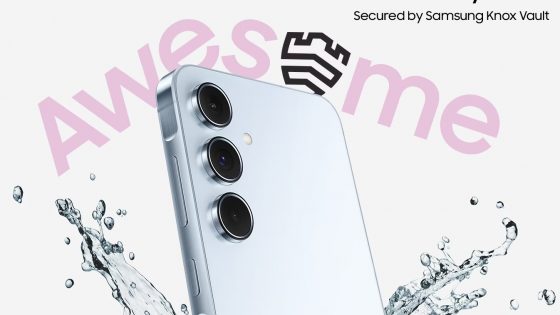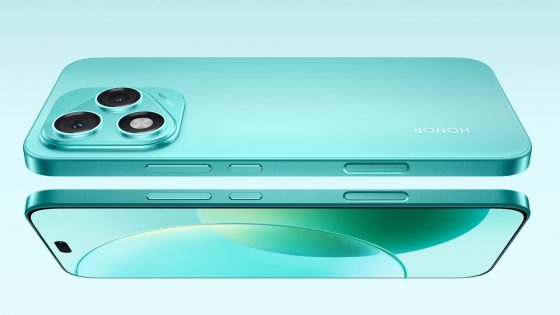Samsung Galaxy S25 Ultra review – met but did not exceed expectations
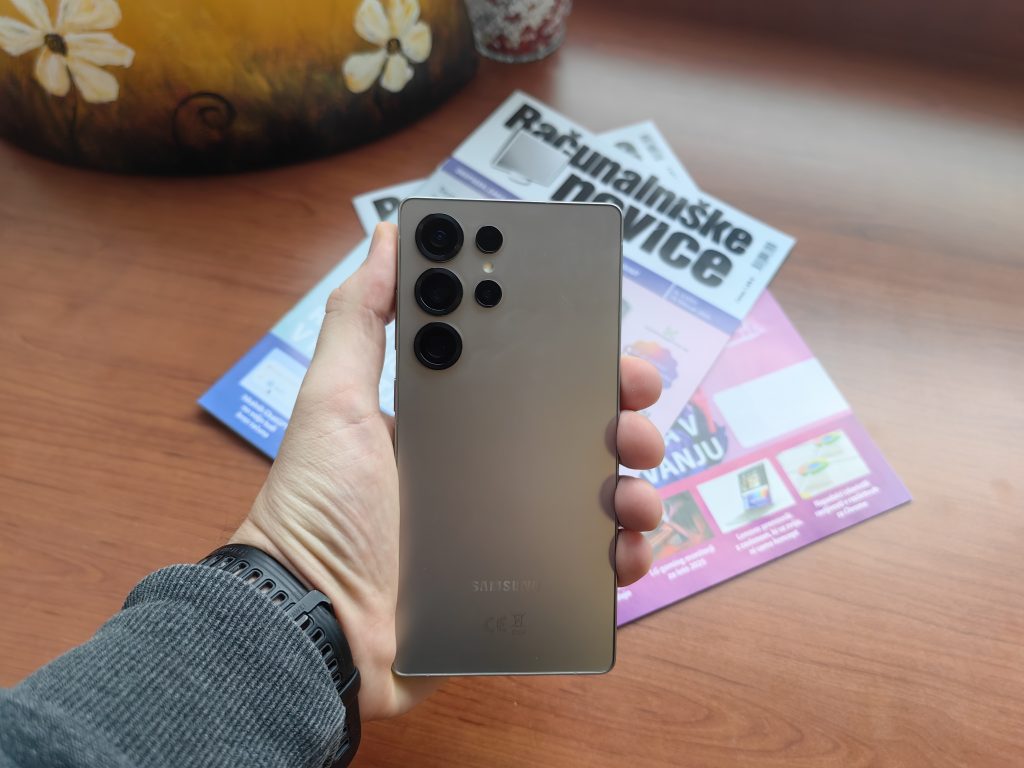
I knew there would be a huge focus on the AI (UI) because Samsung thinks it could be the deciding factor. But I didn't expect it, and I didn't believe the early rumors that the hardware side of things hadn't changed much. Is this a symptom of a bigger problem, or is it just an indication that we're in a year where we're just getting a phone refresh rather than a revolutionary upgrade?
This is what I wanted to find out in a two-week test of the latest Samsung Galaxy S25 Ultra.
| Advantages | Weaknesses |
| Excellent chip and performance | Boring design |
| Good screen | Removed Bluetooth from the pen |
| Good quality and workmanship | Premium price |
| Very good cameras | A step for competition |
| Galaxy AI has new features and refinements | Just a solid battery |
| Excellent operating system | |
| 7-year support |
Samsung Galaxy S25 Ultra price?
- Samsung Galaxy S25 Ultra 12GB/256GB: €1,469
- Samsung Galaxy S25 Ultra 12GB/512GB: €1,589
- Samsung Galaxy S25 Ultra 12GB/1TB: €1,819
Available in silver-blue, gray, black and white-silver.
Samsung Galaxy S25 Ultra – the same phone as the year before and the year before that…
I've tested quite a few phones and I have a pretty good memory. I like to observe what phones other people are using and I can usually tell with a fair amount of accuracy which model it is. Except for Samsung (and Apple), which have been making my job difficult in recent years with their almost identical design. What little thing did they change about the design this year?
They insist on flatness, so the sides and screen are still completely flat. The only roundness is on the edges, which means they listened to their users who complained that the sharp edges "cut" them. Now the feeling of holding it is more pleasant, but not like with curved phones. I also like that when I use it, I no longer feel like I'm holding a brick in my hand. Last year's Galaxy S24 Ultra was a chunky phone, this year's has lost 15 grams. The thickness (8.2 mm) is not a problem, it is even welcome, because it contributes to more comfortable and safe use.
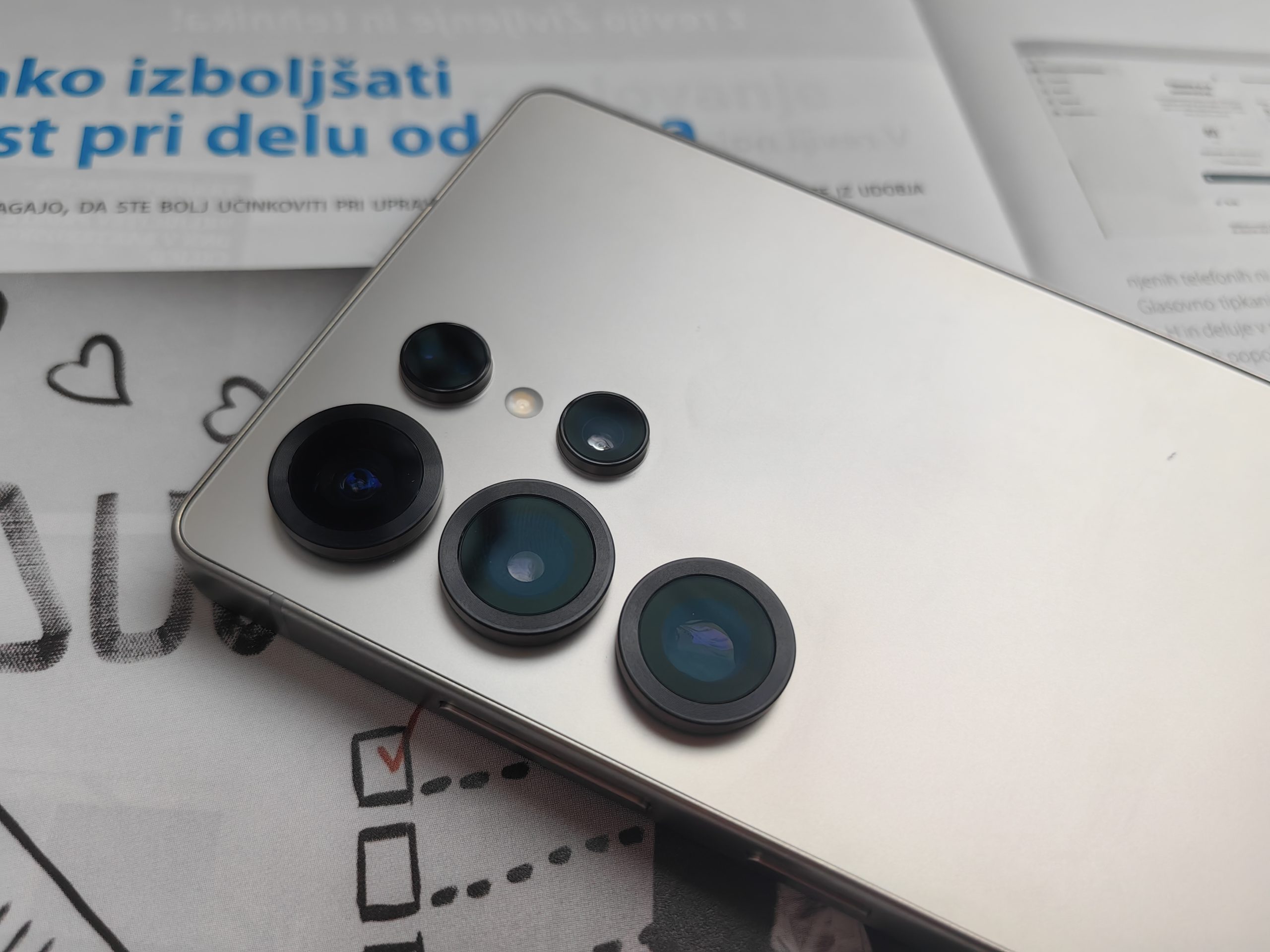
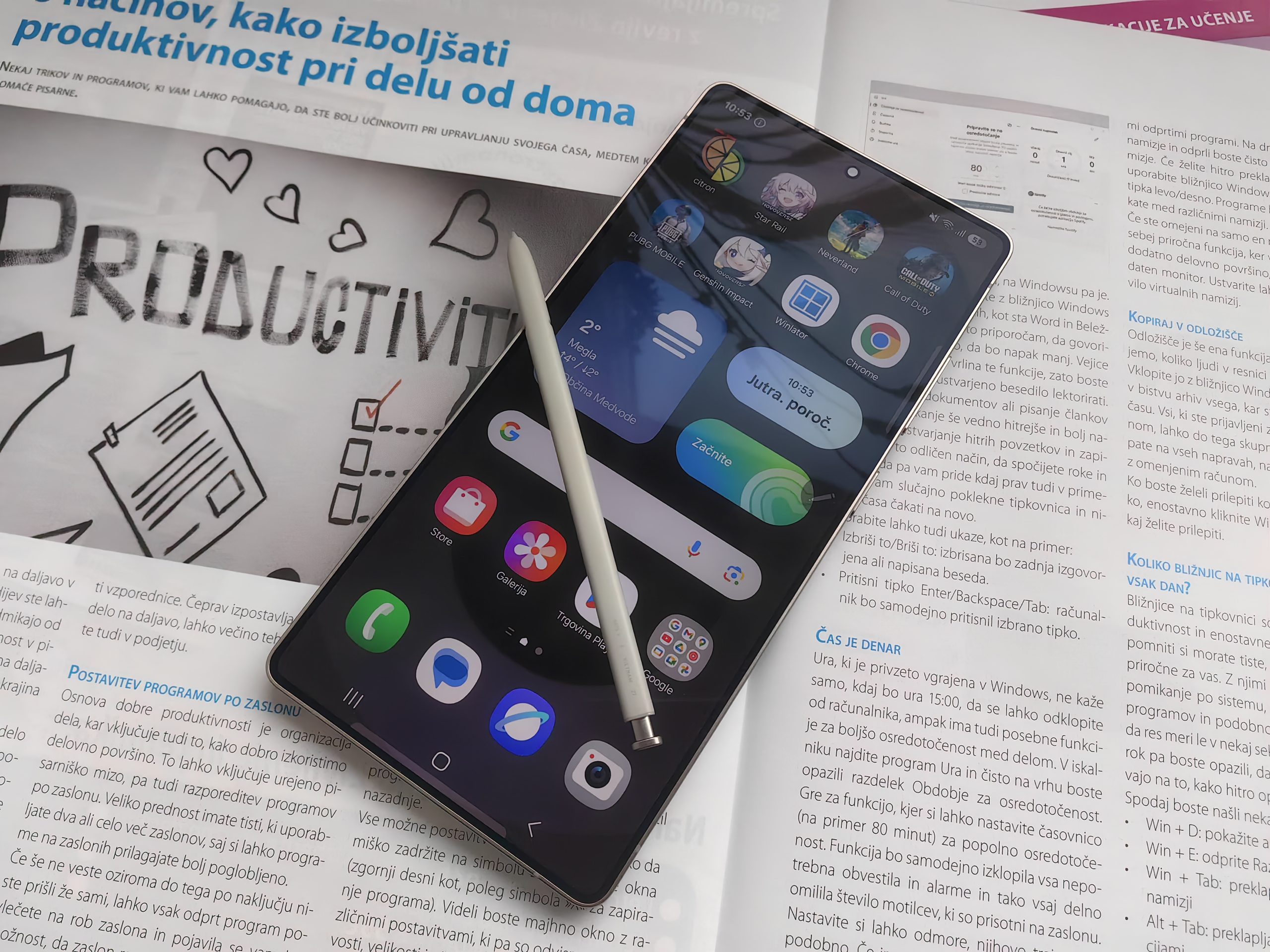
If you're going to use the phone bare, without a protective case, you'll appreciate the matte finish on the back, which effectively repels fingerprint smudges. The phone feels very robust and gives me the feeling that it will survive many a drop. I would never risk using a phone like this without a case, but to each their own.
The screen is additionally protected by Corning Gorilla Armor 2. The button layout is classic, the left side is completely empty for better carrying and easier gaming. There is also a slot for a stylus on the bottom, but this time without Bluetooth support. Samsung says that they removed it because most people don't need or use it, and at the same time they are supposed to save weight. The latter seems to me to be a rather weak reason, because in all likelihood no one would complain if the Galaxy S25 Ultra was a gram or two heavier.
Since there's no Bluetooth, that means you can't use the stylus as a remote camera controller or use air gestures. Whether that's a big deal for you is up to you. At least for controlling the camera, there's an equally good solution. To take a picture without physically pressing the shutter button, just hold your hand out to the camera and open your palm. Or say "Cheese," "Smile," or "Shoot."
This is just my guess, but it could be the last Samsung phone with a stylus. Removing the feature, especially because users don't use it, could be a sign of what to expect next year or two.
I believe Samsung realizes that there aren't many phones with a stylus, and that after the discontinuation of the Note series, it's become a hallmark of every year's Ultra and for quite a few people the reason they chose Samsung. So I hope I'm wrong and that we get an improved stylus next year.
I must also praise the ultrasonic fingerprint reader under the screen, which is always responsive.
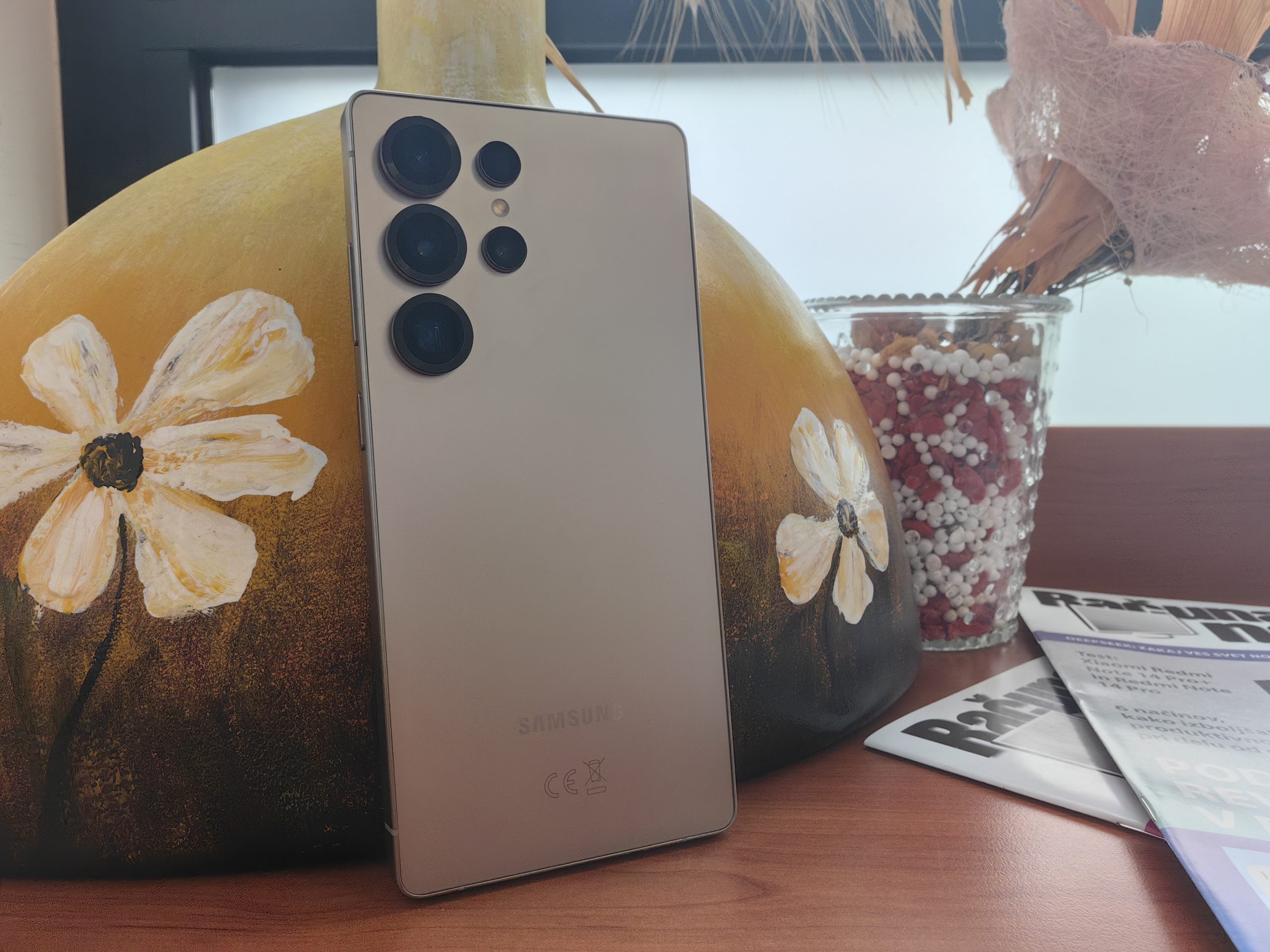
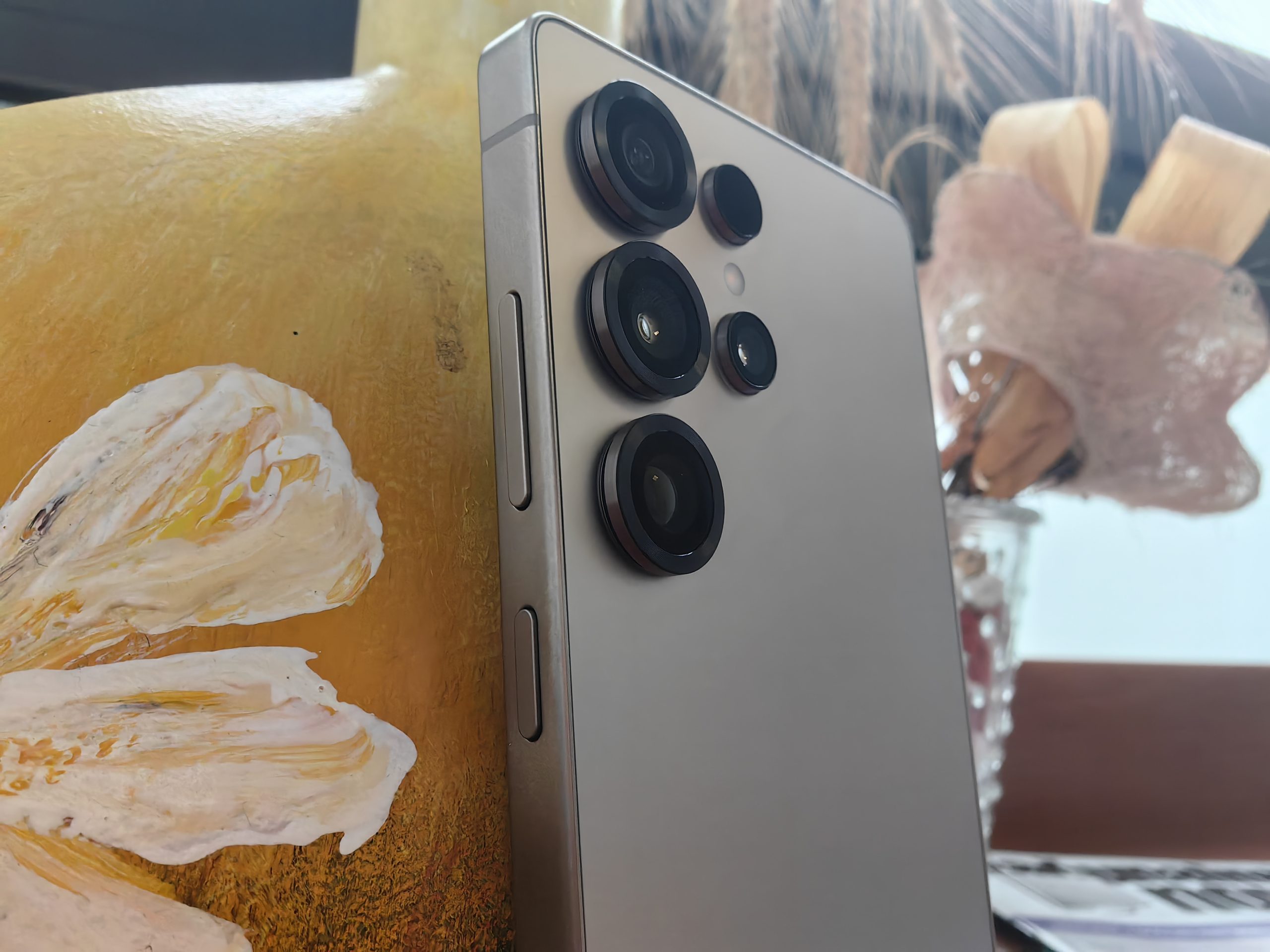
Samsung is lagging behind in the display
The display is the same as last year's Galaxy S24 Ultra. Well, not exactly the same. The diagonal is now 6.9 inches (previously 6.8 inches), mainly thanks to even thinner bezels around the display, which also improved the screen-to-body ratio (92.5:1). In short, there's a bit more usable screen available.
The panel is AMOLED with a resolution of 1440 x 3120 and a refresh rate of the standard 120 Hz. It also features LTPO technology, which ensures automatic refresh between 1 Hz and 120 Hz for slightly better battery life and an always smooth experience.
The maximum brightness is 2600 candelas (nits), the same as last year. It's more than enough for use in daylight, but the only problem will be in really bright sunlight. There's support for HDR10+, but Dolby certifications are missing, which isn't an indication of a bad display, but Samsung's unwillingness to pay for their license.
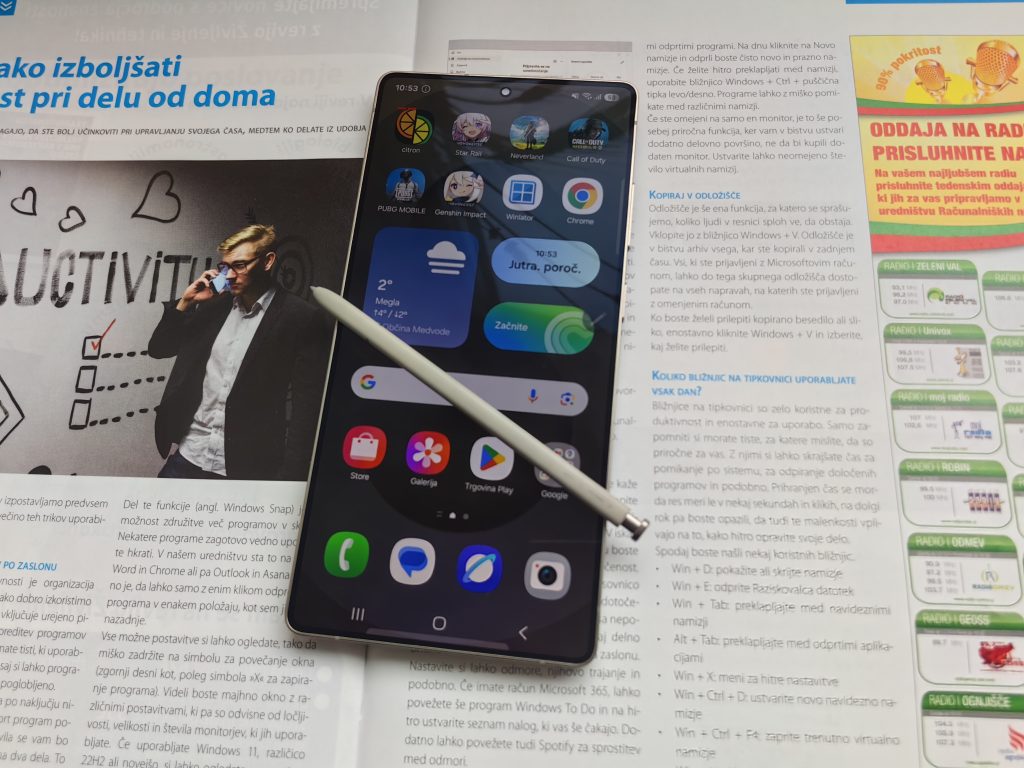
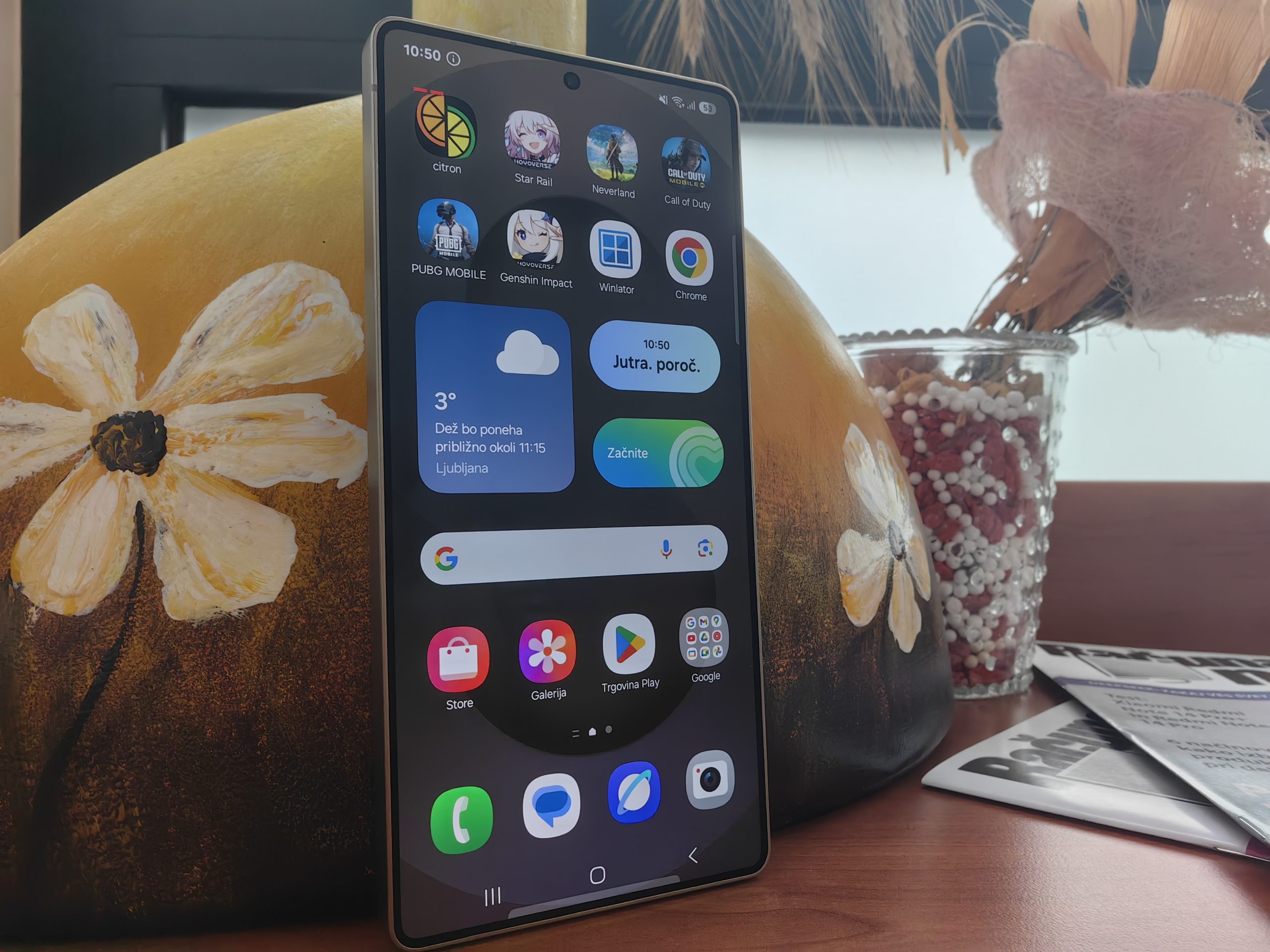
I haven't noticed any problems with the screen. There's no tearing and I haven't noticed any problems with transitions between different shades (banding). The screen is very good, but it bothers me that they haven't made more progress. HONOR (and One Plus, Xiaomi...) phones have been impressing with their brightness for the third year in a row (even up to 5000 candelas), and they've also done a lot for eye comfort.
The new Magic7 Pro's PWM dimming frequency is rated at 4320 Hz, while the Samsung Galaxy S25 Ultra only achieves a tenth of that. If you've never suffered from screen flickering that's invisible to the naked eye, then this won't be a problem. However, if you're sensitive to flicker, I doubt you'll be able to use this display for more than an hour or two.
What I like about this screen, however, is the ability to dim it to near-total darkness. This is especially useful if, like me, you use your phone before bed. In this mode, you won't be blinded by the light, and your partner will appreciate that you're not shining in their face.
Snapdragon 8 Elite is great, where are the developers?
I've already seen the greatness of the new Snapdragon 8 Elite chip in the HONOR Magic7 Pro (and the Xiaomi 15, which I'm currently testing). The HONOR had problems with overheating, so I wanted to check with the Samsung phone whether the chip was to blame or just insufficient cooling. Obviously, the blame lies with the HONOR's poor cooling, because I didn't notice such severe overheating this time. The consistency is still poor, which simply means that the chip or the phone can't maintain its maximum performance for long. You'll hardly notice this unless you're really doing something intensive, like playing (Windows, Switch) games or rendering graphics.
The new chip is about 10 % better in single-core tests and up to 30 % in multi-core and graphics tests. A big leap, but unfortunately not significant. Yes, despite the missing drivers (usually available a year after the chip's release) I was able to play Windows games (The Witcher 3, Batman Arkham City) at decent fps, as well as certain Switch games (those that didn't immediately crash due to incompatibility), which tells me that we have more than enough raw power at our disposal.
The problem is the availability of games. Mobile game developers are more focused on various ways to extract as many euros from the user as possible, often through predatory tactics, than on the graphics and gameplay. As a result, a long line of e-sports games, "gacha" and collectible games are flooding stores.
Performance and efficiency tests
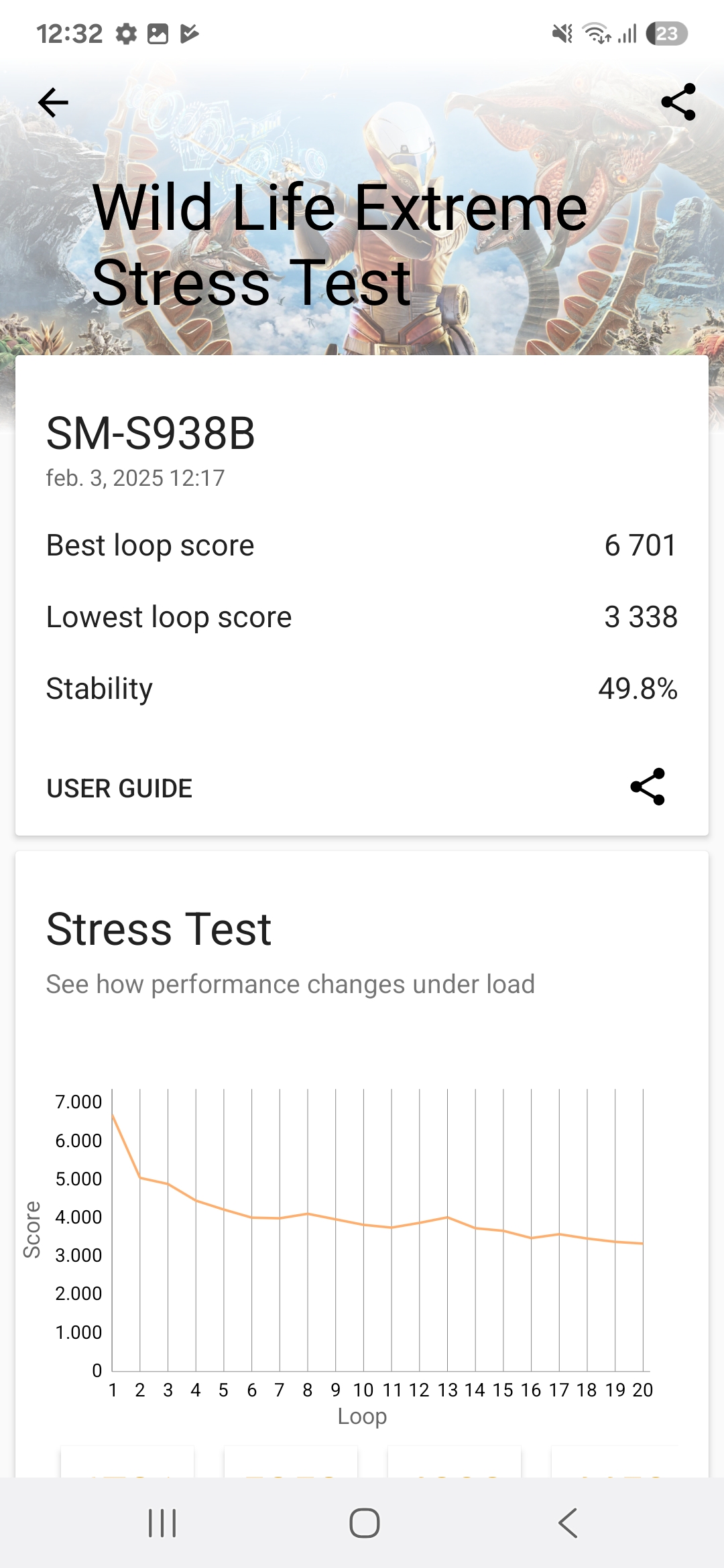
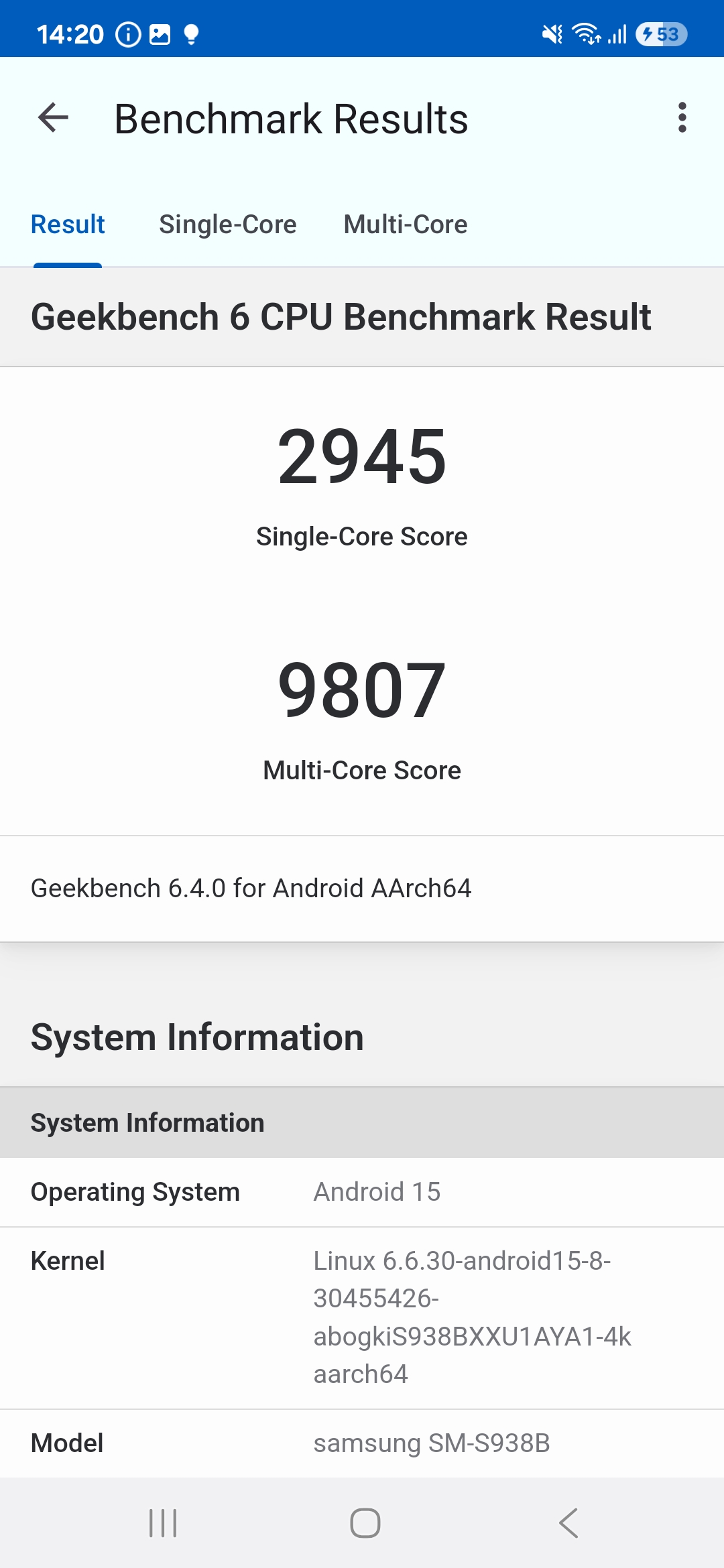
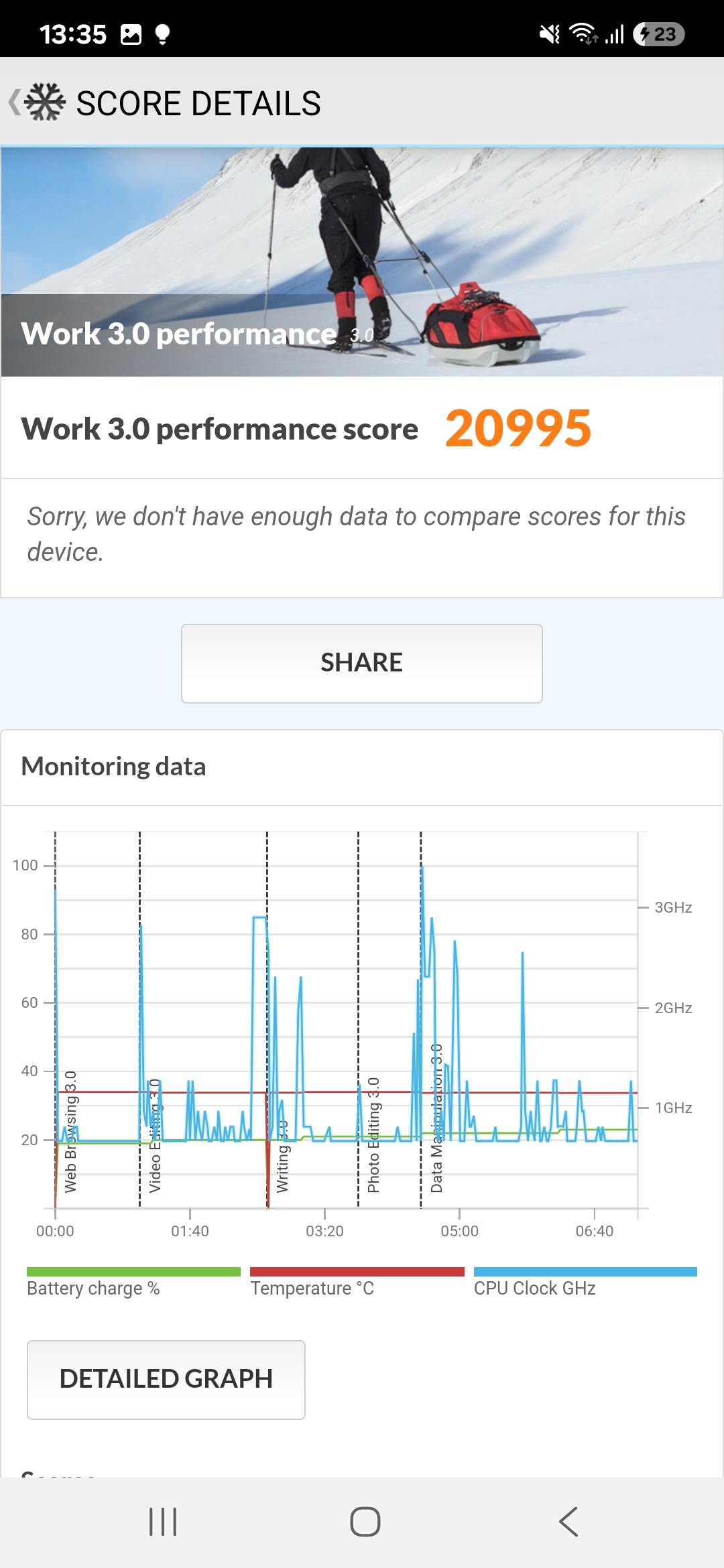
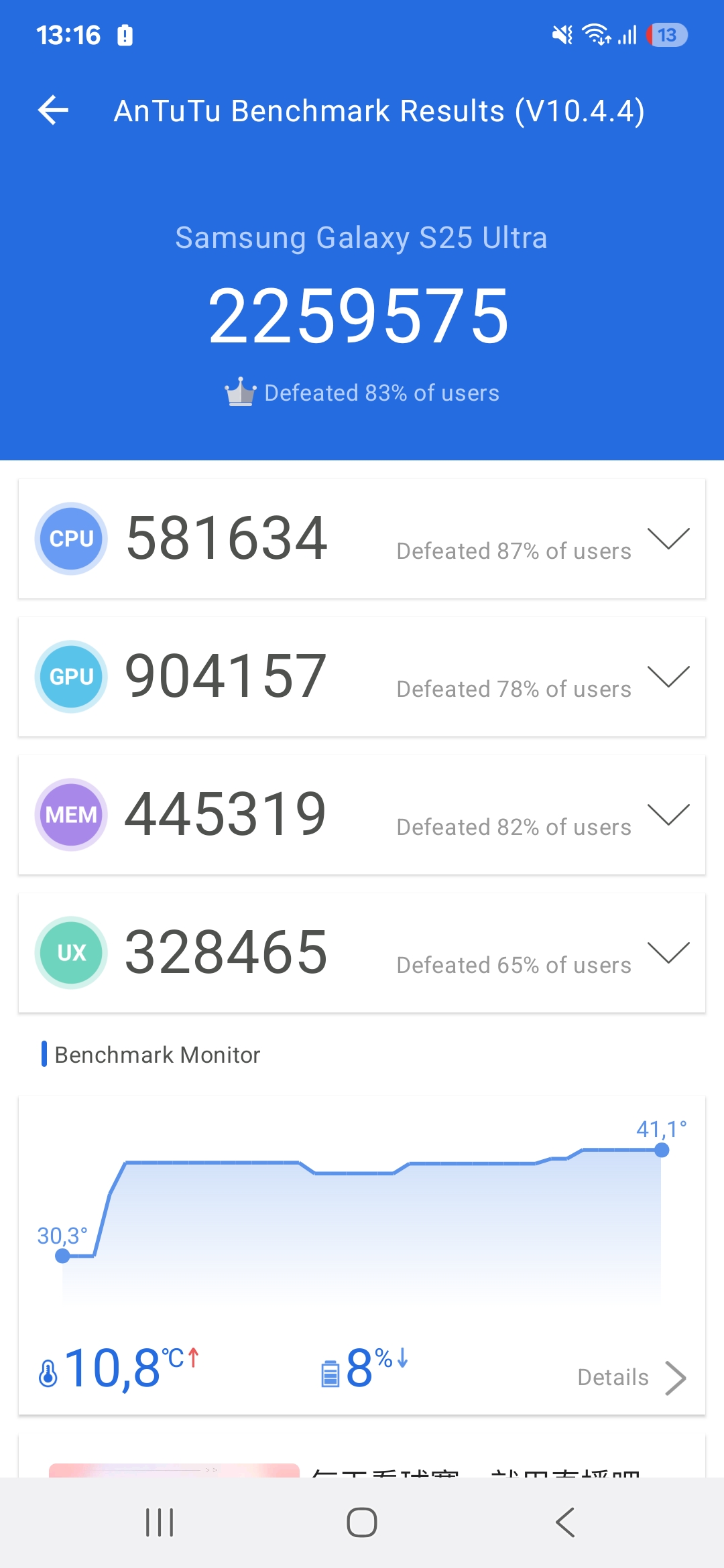
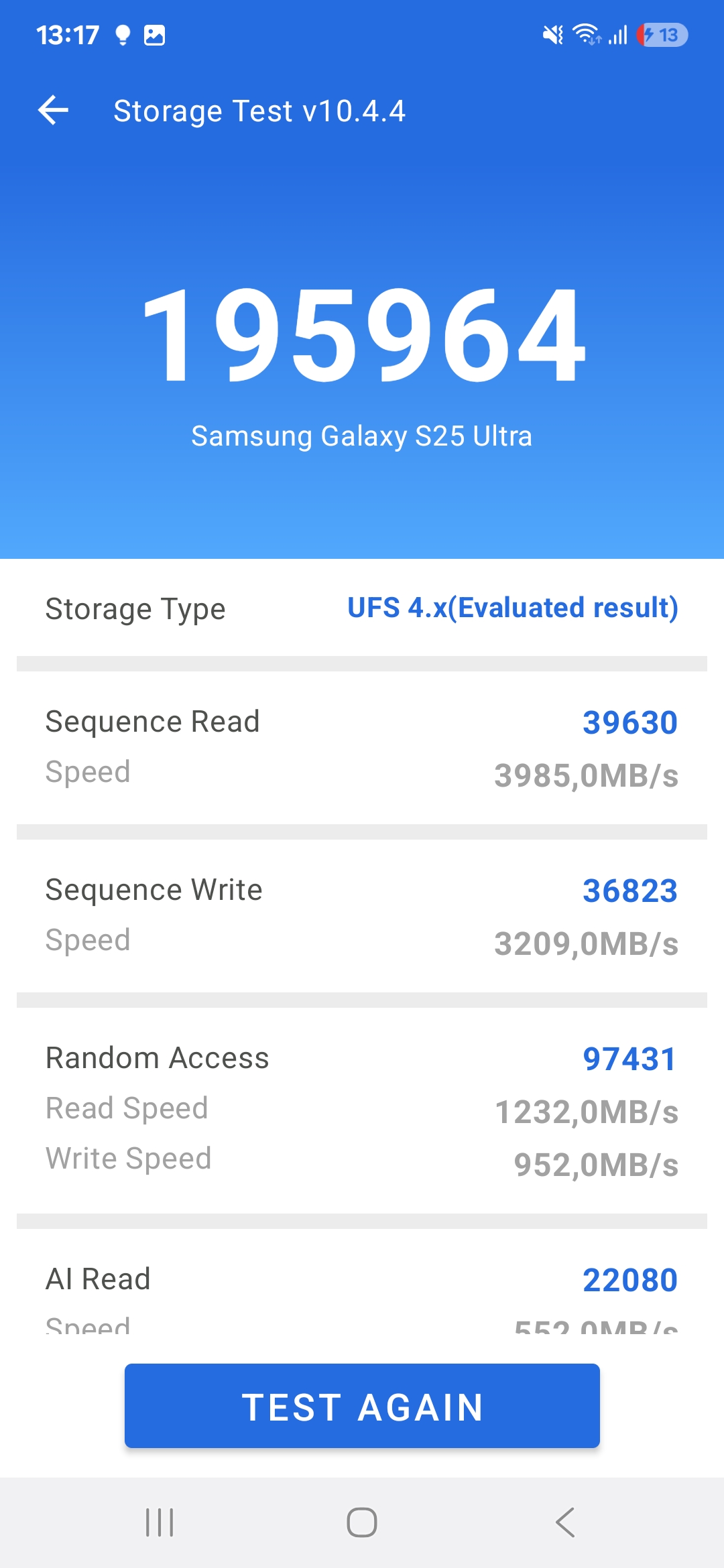
When will we get those real games, maybe remakes of console and PC games? A good example is Resident Evil Village, which we can play on the iPhone. I know it all depends on profit and unfortunately the truth is that they make more money with the base games and a bunch of microtransactions.
Only a handful will know how and want to install emulators, but it's the only way to take advantage of everything the new chip has to offer. Genshin Impact, Honkai: Star Rail, and similar games have been playable at the highest settings for some time now, so they're no longer an indicator of the new chips' capabilities.
It's a shame there isn't more choice, and more than increasing capacity, I'd like to see more variety in mobile stores in the coming years.
There is 12 GB of RAM, more than enough, but less than the competition, which has already started offering 16 GB. The drive (up to 1 TB) is still fast UFS 4.0. Slowly, even 256 GB of space will become insufficient. When I started installing my game collection, I quickly filled more than half of the space. If I added pictures and videos, I would have filled the entire capacity in just a few months. Therefore, I would rather take a larger configuration from the beginning and avoid paying for the cloud or regularly copying files.
The battery (5000 mAh) is just average. I got maybe an hour more use out of it than last year, thanks to the more efficient chip, but it's nowhere near a record. Samsung also hasn't opted for the silicon-carbon battery that Chinese rivals use and promises better density. And like every year, the slower charging (45 W) is still a step behind the rest. You have to buy the charger separately, of course, so add another €50 to the price (unless you already have a suitable charger).
The Samsung Galaxy S25 Ultra is ready for the Qi2 (15W) wireless charging standard, but the magnets aren't built into the phone, so you'll need to buy a dedicated case. You can also charge other devices with the phone at up to 4.5W.
One UI 7 knows how to make the most of Android
I had similar concerns about progress and innovation with the foldable phones (Galaxy Z Fold6 and Flip6). I forgave them a lot because the software side was the most polished of all and the operating system is the fundamental pillar of the phone, just like the chip, screen and cameras, so I give it the same importance.
One UI 7 first introduced cosmetic fixes/improvements. Android 15, on which One UI 7 is based, is the most beautiful on Samsung phones. The system feels very clean, polished, and just filled with the extra features we need. One UI 7 is also the best when it comes to personalizing your phone without using dedicated launchers like Niagara or Nova. I recommend you install the GoodLock app from the Samsung store and browse through the different modules. Why? You might find even more features that will come in handy in notification management, one-handed use, camera, and the like.
Searching through settings is supposed to be more natural. In the sense that you no longer need to know the exact names of functions, but can also find them using more colloquial language. Maybe this is limited to certain regions, because my experience with searching was quite ordinary, as it has been for years. Or did it not yet figure out my preferences during testing?
Finally, I can only praise Samsung Dex, which remains the best way to connect to other devices and transform your phone into a computer.
Galaxy AI and Gemini – something useful or just an attraction?
Writing, creating, editing, interpreter, transcription, live translation, Google search with surround are UI features that have not changed significantly. Search with surround is the only feature that I think is helpful for everyone, the rest are useful in the right hands and in specific scenarios. If you are not a polyglot, you will often be confused that Slovenian is not on the list of supported languages.
To avoid repeating myself, you can read more about their performance in last year's test.
Photo editing with AI tools is a little faster and more precise. When you want to remove subjects from an image, it happens very quickly, leaving behind a suitable background and rarely a blur. With the new audio eraser, you can remove annoying sounds.
You can now transcribe and summarize calls with Galaxy AI. Gemini has become the default assistant when you press the power button. In fact, it has joined forces with Bixby, which has given Google's AI access to apps and system functions. This means, for example, you can tell Gemini to open your calendar and make a note for a specific date. Or open Spotify and find the latest songs from your favorite artist.
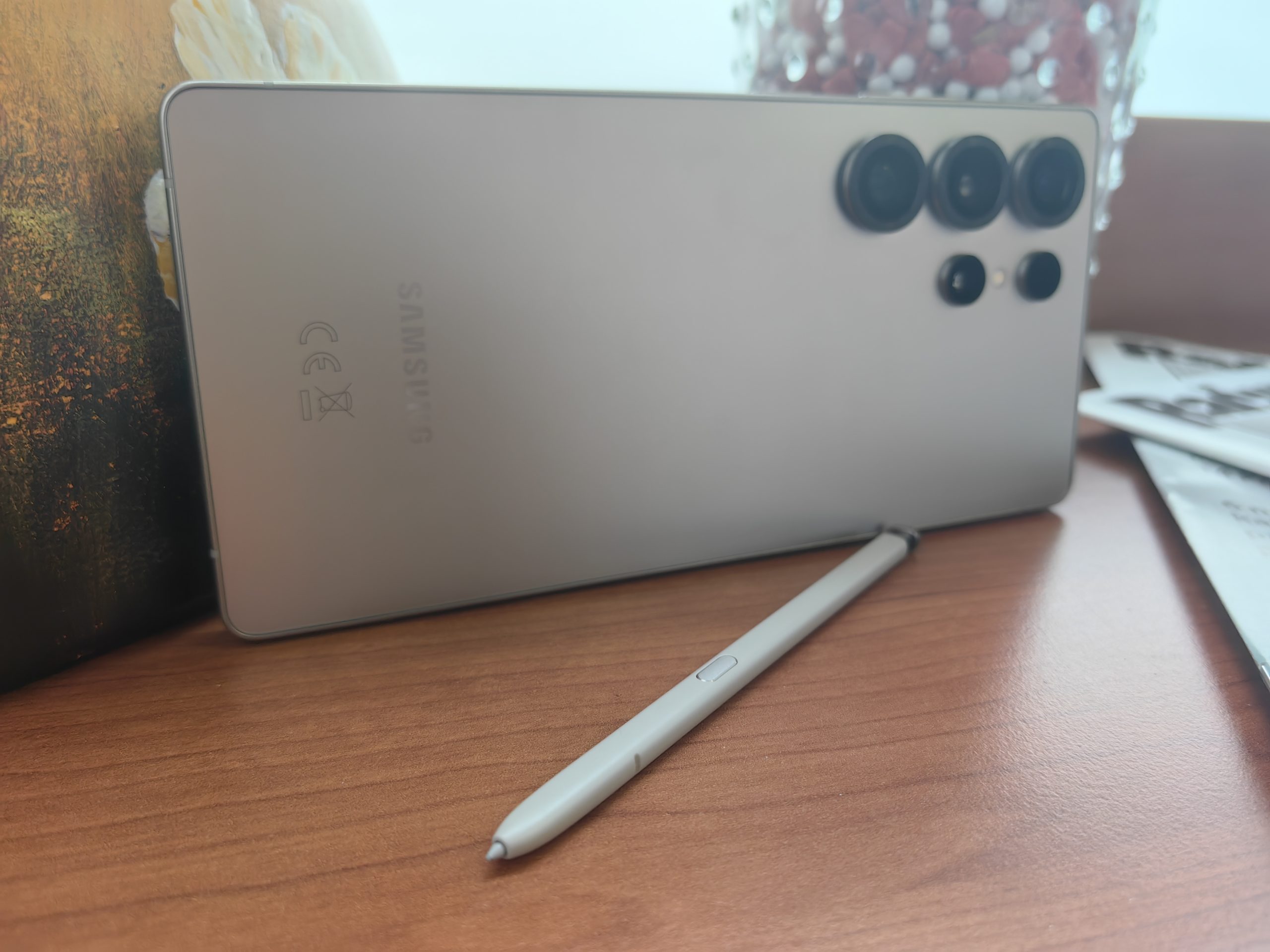
It works very well and is one of the innovations that I would also use in everyday life. However, there are some limitations, sometimes illogical. Gemini cannot access every application. You will have to test which ones are supported yourself. What surprises me the most is why it cannot open the Google Play Store.
As part of the new UI features, there are two “dynamic” islands, similar to Apple’s. The first (Now Brief) is a shortcut to a report on what’s happening during the day, such as the weather, calendar events, and the like. The second (Now Bar) is a multimedia bar that lets you control music, navigation, and the like. Neither is particularly useful, and Now Brief in particular seems a bit misplaced to me, as it only shows you the weather report most of the time. These are two features that are a good example of why you don’t need to stuff UI labels everywhere.
Do I have the same opinion this year as last year? Is artificial intelligence in phones more of an attraction than a truly useful tool? At least for me, the answer remains the same. Of all the features listed, I would really use two.
All UI features are currently free and are expected to remain so until the end of the year. What happens after that is unclear. Since Samsung was the first to introduce such tools to a phone, this is also uncharted territory for them. If they introduce a subscription, it will anger many people, regardless of whether it is a few euros per month or tens of thousands. Maybe they are hoping that other manufacturers will be the first to introduce a subscription.
What's important is that it will be possible to slowly start including a possible subscription for UI tools in the price. We'll see what happens this year.
Samsung Galaxy S25 Ultra – still an exceptional photographer
- 200 MP main camera (f/1.7), 24 mm, OIS
- 10 MP telephoto (f/2.4), 67 mm, OIS, 3x optical zoom
- 50 MP periscope (f/3.4), 111 mm, OIS, 5x optical zoom
- 50 MP ultra-wide (f/1.9), 120˚
- 12 MP front (f/2.2)
The only upgrade is the improved resolution of the ultra-wide camera, the rest of the photographic arsenal remains the same.
Daytime photography is, as it always is, superb. The level of detail you can capture with all the cameras is incredible. I've noticed a huge improvement in zoomed-in photos. I'm particularly impressed by how clean they are, not just with optical zoom, but also when you turn on the digital zoom. I often took photos at 10x zoom because I knew I didn't have to worry about quality. Up to about 20x was the safe zone I was willing to go, and anything beyond that is just where the AI starts to overdo it with smoothing out the image and all the textures.
I'm also happy that there's no longer any serious oversaturation of colors and that the shades are more grounded and realistic. For example, with skin tones, I've noticed that the cameras are more sophisticated in determining the right shade. Sometimes, however, the periscope (and telephoto) ones are faster at determining what colors are in front of me.
Portraits are great. Sharpness is never in question, edge detection around the subject is accurate, and you can (finally) control the bokeh effect yourself with a virtual on-screen RAW mode. Why Samsung is only now implementing this feature when others have had it for years is beyond me.
Gallery
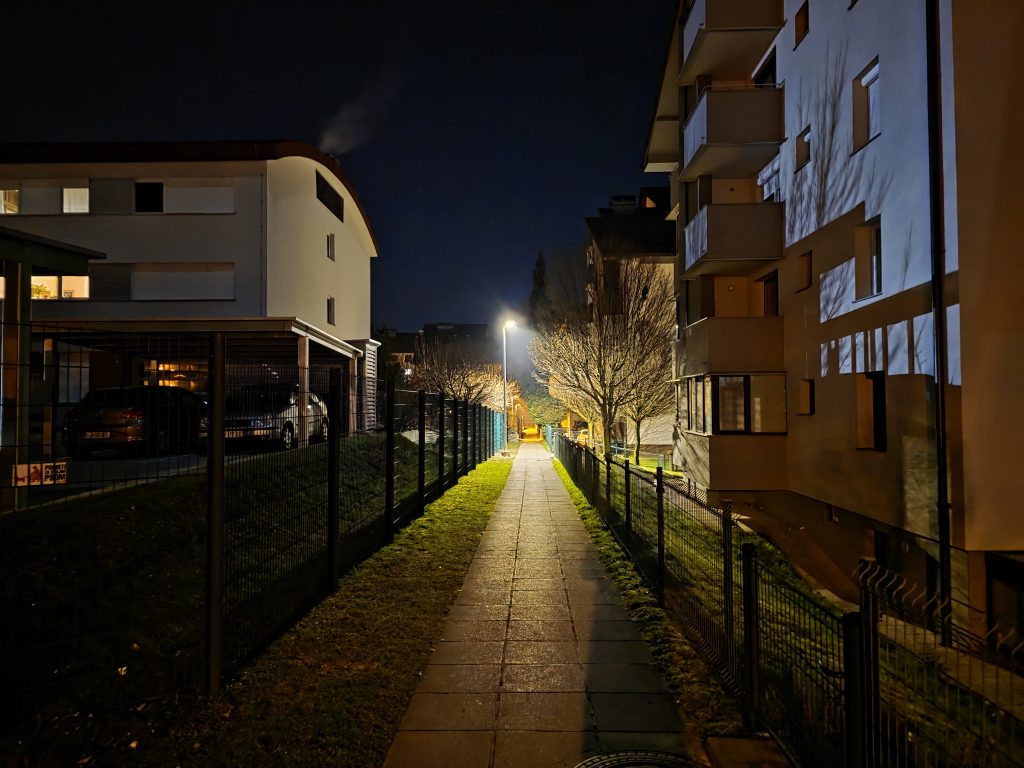













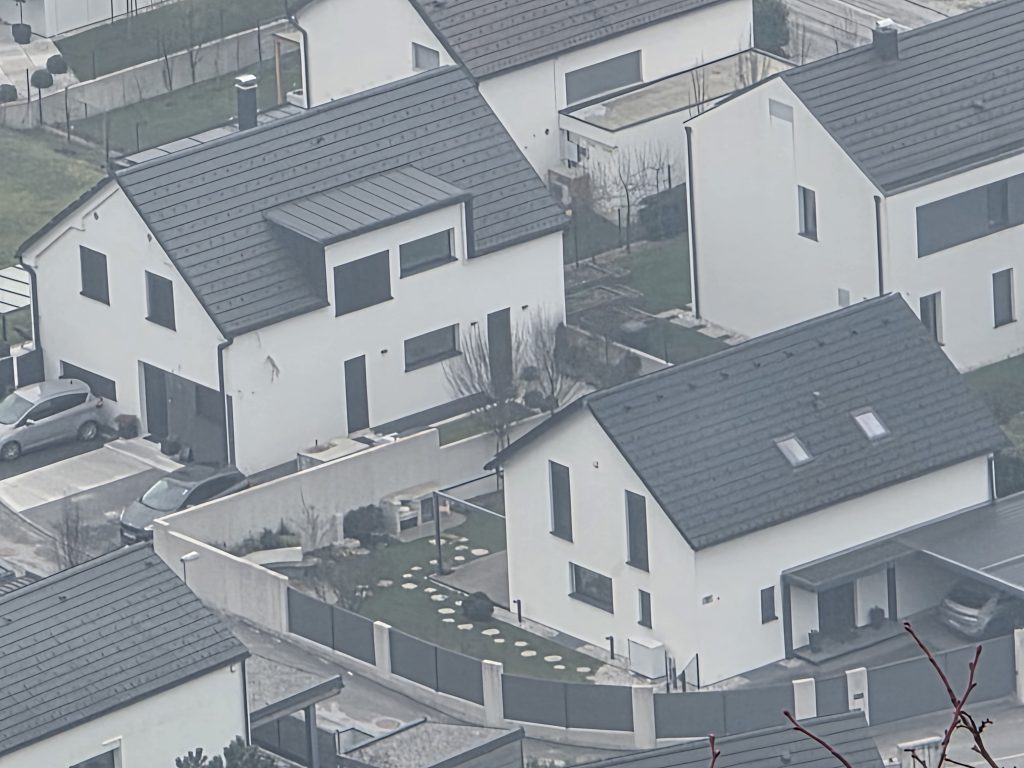
When there is limited light, you will rely on the main camera most of the time, although it is also possible to get good pictures and videos with zoom.
The shutter is incredibly fast. The lag that was present in previous generations of phones is no longer present and is on par with other premium phones. Switching between cameras (even while recording) is instant, without annoying and strange lags. Recording in 10-bit HDR mode is now default, and Log recording is also available.
It's clear that they've done an analysis of what users want. Shortcuts to access quick settings are always just a click or two away, and you can immediately turn on the mode for taking pictures of moving subjects (children, pets, etc.). If you swipe the shutter (shutter button), you can turn on the burst mode or create a GIF.
After two weeks of shooting, I'm very pleased with how the Galaxy S25 Ultra performed as a photographer. It's not a huge improvement over last year, but it's hard to build on a good existing foundation with just better software processing rather than a major hardware overhaul.
Samsung Galaxy S25 Ultra – an upgrade that only makes sense for some
Certainly not for Galaxy S24 Ultra owners. Why upgrade when your phone will get the new One UI 7 and most of the UI tools. The Snapdragon 8 Elite may be a reason to buy a new one, but ask yourself if you're even getting the full benefit of the Snapdragon 8 Gen 3.
No upgrade is a reason to line up in front of stores. If I may be a little harsh, Samsung reminds me of Intel. It makes great phones, but it forgot to innovate like it did when it was at the top. Now that it's at the top, it's fallen asleep at the wheel and let others innovate while they rely on their strong brand name and market dominance.
I doubt they'll be punished for this, at least not this year, because they still delivered a good, no, great phone, but it lacks "soul" in my opinion. If you need an Ultra phone, you can currently get a Galaxy S24 Ultra on the open market for less than €900, which will still receive full support for the next 6 years.



